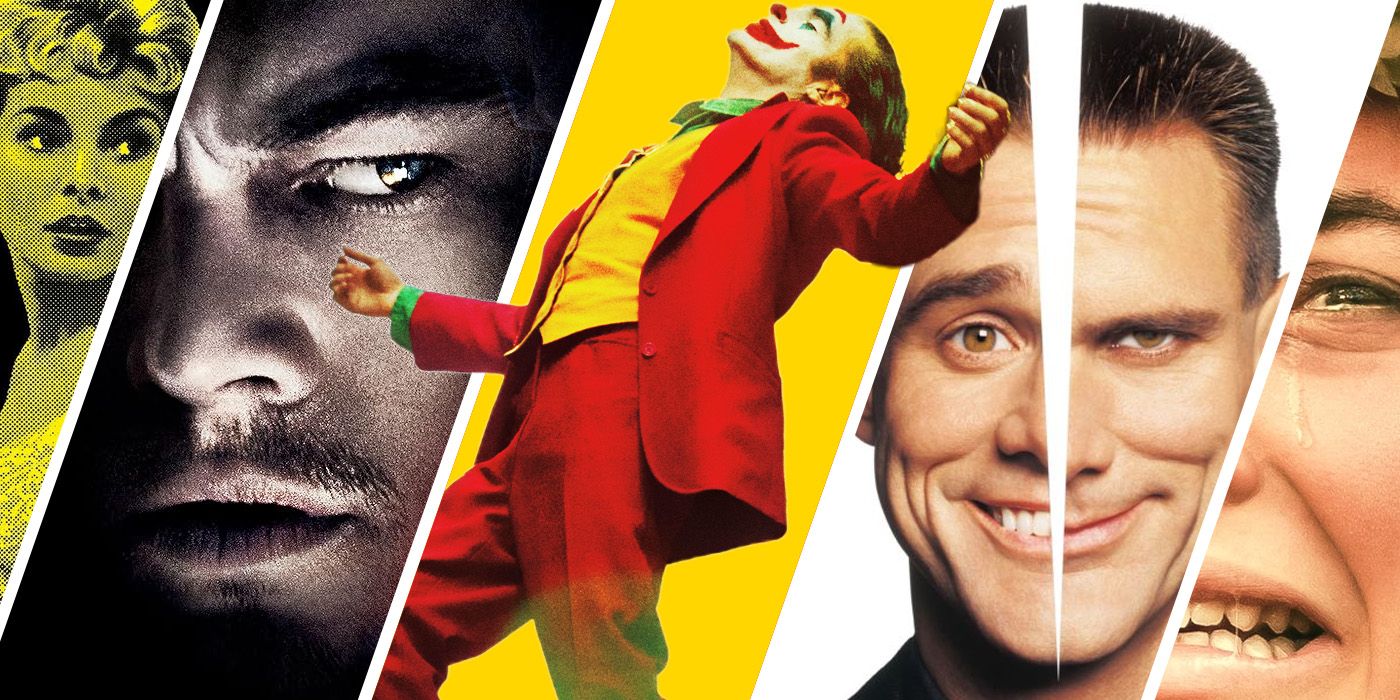In cinema, it’s common to stereotype mental health and categorize characters as "unstable" due to their perceived or actual mental health condition(s). The problem with Hollywood telling stories involving mental health conditions is the villainization of characters with these issues. While the portrayals may not always be offensive, they can be inaccurate.
Such inaccuracy can lead to further stigmatization of the conditions the movies are depicting. For example, films about characters with genius-level intellect or sensationalized and exaggerated quirks don't portray the lived-in reality of people with these actual conditions. Consequently, the misinformation spread through these films can be damaging. Unfortunately, even excellent movies can inaccurately portray mental health.
Updated by Anthony Jeanetta on November 15, 2023. While Hollywood has come a long way in terms of respectfully depicting mental health conditions, they still have ground to make up. This list has been updated to meet CBR's latest style guidelines.
10 Split Demonizes Dissociative Identity Disorder
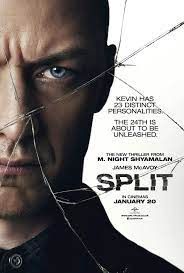
Split
Three girls are kidnapped by a man with a diagnosed 23 distinct personalities. They must try to escape before the apparent emergence of a frightful new 24th.
- Release Date
- January 20, 2017
- Director
- M. Night Shyamalan
- Cast
- James McAvoy , Anya Taylor-Joy , Betty Buckley , Haley Lu Richardson
- Runtime
- 117 minutes
- Writers
- M. Night Shyamalan
|
Metacritic Score |
63/100 |
|---|---|
|
IMDb Rating |
7.3/10 |
|
Tomatometer |
78% |
Directed by M. Night Shyamalan, Split follows Kevin, a man with dissociative identity disorder (DID) who abducts a group of young girls. Kevin has a total of 23 alters that interact with the girls, each displaying a varying level of cruelty.
Split’s plot hinges on Kevin’s most dangerous host identity, “The Beast.” Unlike his other alternate identities, The Beast has superhuman strength and agility. This portrayal of dissociative identity disorder is harmful because, as Split suggests, those with DID are violent and dangerous. Moreover, it means DID can be a sort of superpower, a common detrimental trope used in movies about those with mental health issues.
9 Joker Uses Mental Health Conditions To Justify Violence

Joker (2019)
During the 1980s, a failed stand-up comedian is driven insane and turns to a life of crime and chaos in Gotham City while becoming an infamous psychopathic crime figure.
- Release Date
- October 4, 2019
- Director
- Todd Phillips
- Cast
- Joaquin Phoenix , Robert De Niro , Zazie Beetz
- Runtime
- 2 hours 2 minutes
- Studio
- Warner Bros. Pictures
|
Metacritic Score |
59/100 |
|---|---|
|
IMDb Rating |
8.4/10 |
|
Tomatometer |
69% |
Although he’s one of the most renowned villains in pop culture, the Joker didn’t get an on-screen origin story until 2019’s Joker. The movie tracks Arthur Fleck, a man whose neurological condition causes him to randomly laugh uncontrollably. This laughter comes out at inappropriate moments, leading society to exclude Arthur ostracizing him for his irrepressible behaviors.
Joker depicts Arthur as a product of his uncaring environment. Many people bully and ridicule him throughout the film, which only worsens his mental health condition. As his mind degrades, he becomes villainous, dangerously violent, and eventually murderous. This character arc perpetuates harmful stereotypes surrounding the supposed violent tendencies of those with mental health problems.
8 The Visit Gets Mental Health Conditions Wrong
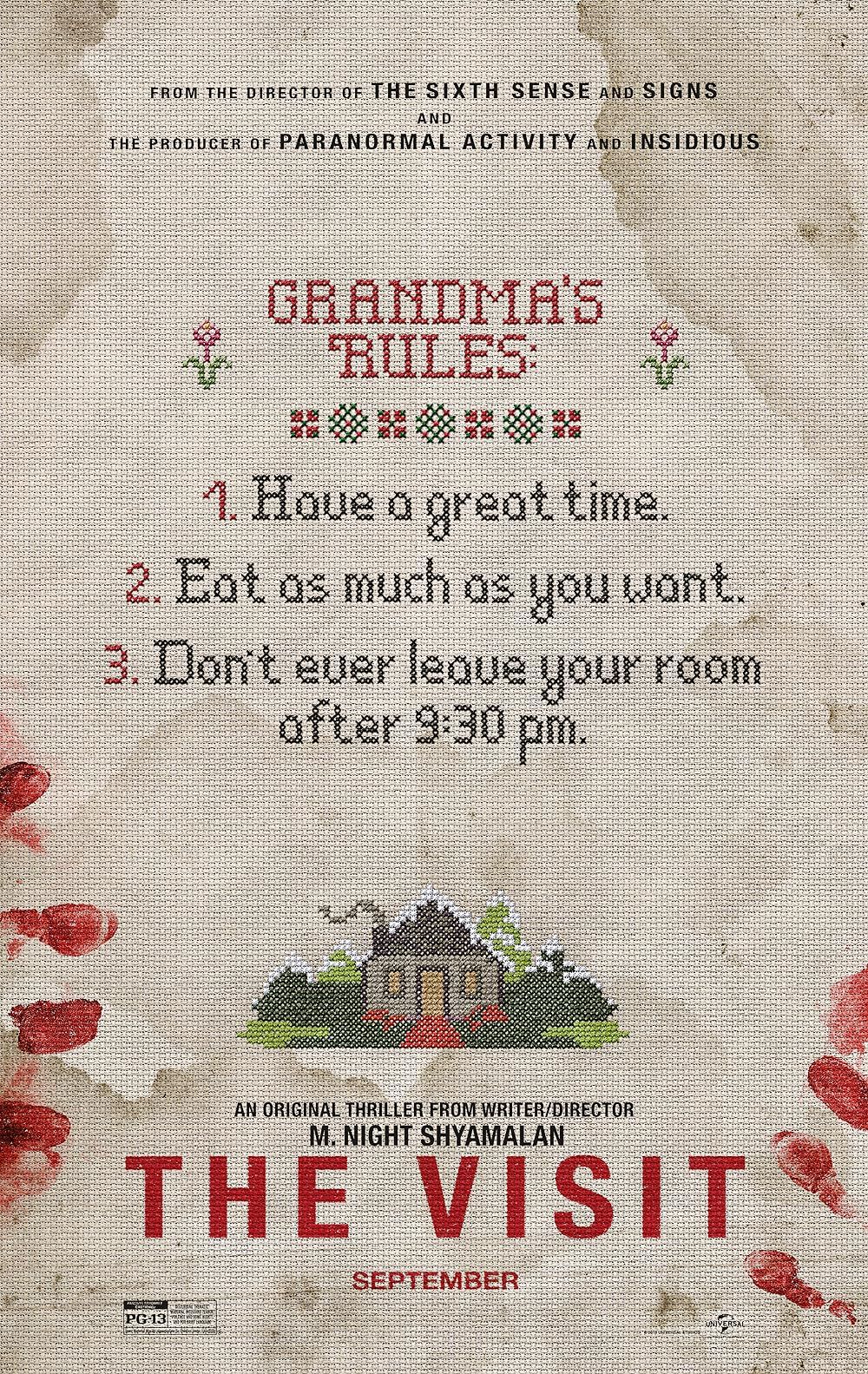
The Visit
Two siblings become increasingly frightened by their grandparents' disturbing behavior while visiting them on vacation.
- Release Date
- September 11, 2015
- Director
- M. Night Shyamalan
- Cast
- Olivia DeJonge , Ed Oxenbould , Deanna Dunagan , Peter McRobbie , Kathryn Hahn
- Runtime
- 1 hour 34 minutes
- Main Genre
- Horror
|
Metacritic Score |
55/100 |
|---|---|
|
IMDb Rating |
6.2/10 |
|
Tomatometer |
68% |
Another M. Night Shyamalan helmed picture, The Visit, also grapples with mental health issues. The movie opens with two children who visit their grandparents during a vacation. At their grandparents’ house, Becca and Tyler notice Nana and Pop Pop are acting strange, and the film’s twist exposes why.
The Visit eventually reveals that Nana and Pop Pop are patients from a nearby mental hospital where Becca and Tyler’s real grandparents worked, who escaped and assumed their identities. While the movie never explicitly states, it hints that Nana and Pop Pop live with either dementia or schizophrenia. But the symptoms these characters display are far from the reality of dementia (especially with “sundowning”) or schizophrenia, which is why many mental health experts have criticized The Visit.
7 Fatal Attraction Falsely Represents Bipolar
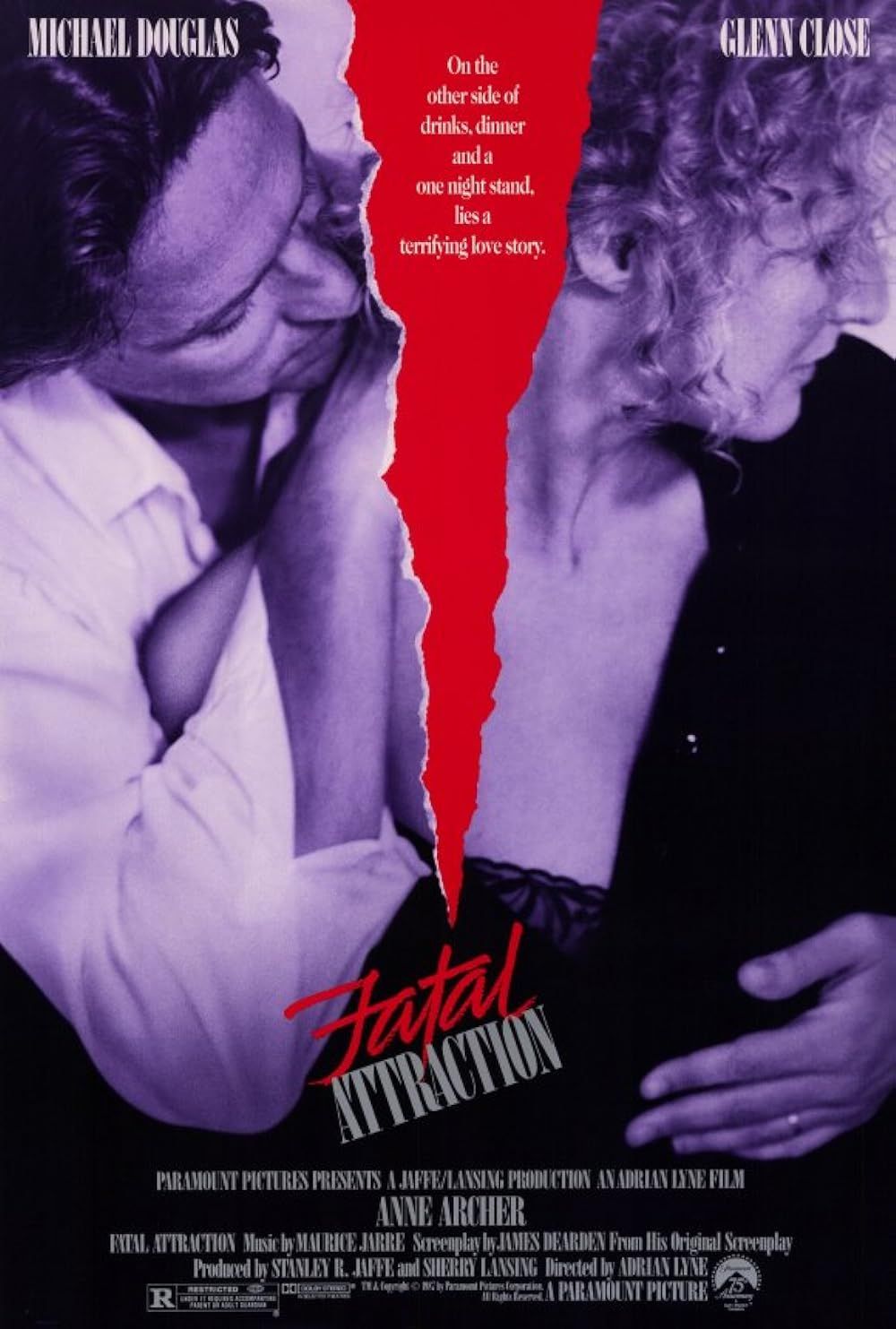
Fatal Attraction
A married man's one-night stand comes back to haunt him when that lover begins to stalk him and his family.
- Release Date
- September 18, 1987
- Director
- Adrian Lyne
- Cast
- Michael Douglas , Glenn Close , Anne Archer
- Runtime
- 1 hour 59 minutes
- Main Genre
- Thriller
|
Metacritic Score |
67/100 |
|---|---|
|
IMDb Rating |
6.9/10 |
|
Tomatometer |
73% |
Although critics and audiences widely consider Fatal Attraction a phenomenal film, its portrayal of mental health is subpar. Glenn Close plays a bipolar woman, Alex, who seemingly becomes obsessed with a married man, Dan (Michael Douglas), after spending a night with him. Over time, this obsession makes Alex increasingly angry and dangerous.
In Fatal Attraction, Alex quickly becomes the antagonist as she threatens Dan and his family’s safety. Her character is supposedly bipolar, yet the portrayal of the woman and her symptoms are erroneous. Broadly, experts characterize bipolar by significant mood swings. However, Fatal Attraction takes these mood swings to a violent extreme, which is both inaccurate and harmful.
6 Psycho Is Outdated When It Comes to Mental Health

Psycho
A Phoenix secretary embezzles $40,000 from her employer's client, goes on the run and checks into a remote motel run by a young man under the domination of his mother.
- Release Date
- September 8, 1960
- Director
- Alfred Hitchcock
- Cast
- Anthony Perkins , Janet Leigh , Vera Miles , John Gavin , Martin Balsam
- Runtime
- 1 hour 49 minutes
- Studio
|
Metacritic Score |
97/100 |
|---|---|
|
IMDb Rating |
8.5/10 |
|
Tomatometer |
97% |
While the horror classic Psycho remains entertaining and terrifying, its depiction of mental illness is quite outdated and inaccurate. The film focuses on Norman Bates, who works at the Bates Motel and lives with dissociative identity disorder. One of his alters kills any woman who gives him even a modicum of attention.
Norman’s DID in Psycho stems from his trauma and the unhealthy relationship he had with his now-deceased mother. Consequently, his mother alter identity becomes Norman’s host identity and leads him to murder several people. Psycho paints Norman, and those with DID as something to be feared, which furthers the villainous stereotypes of mental health conditions.
5 Shutter Island Inaccurately Portrays Delusional Disorder and Other Stress-Related Conditions
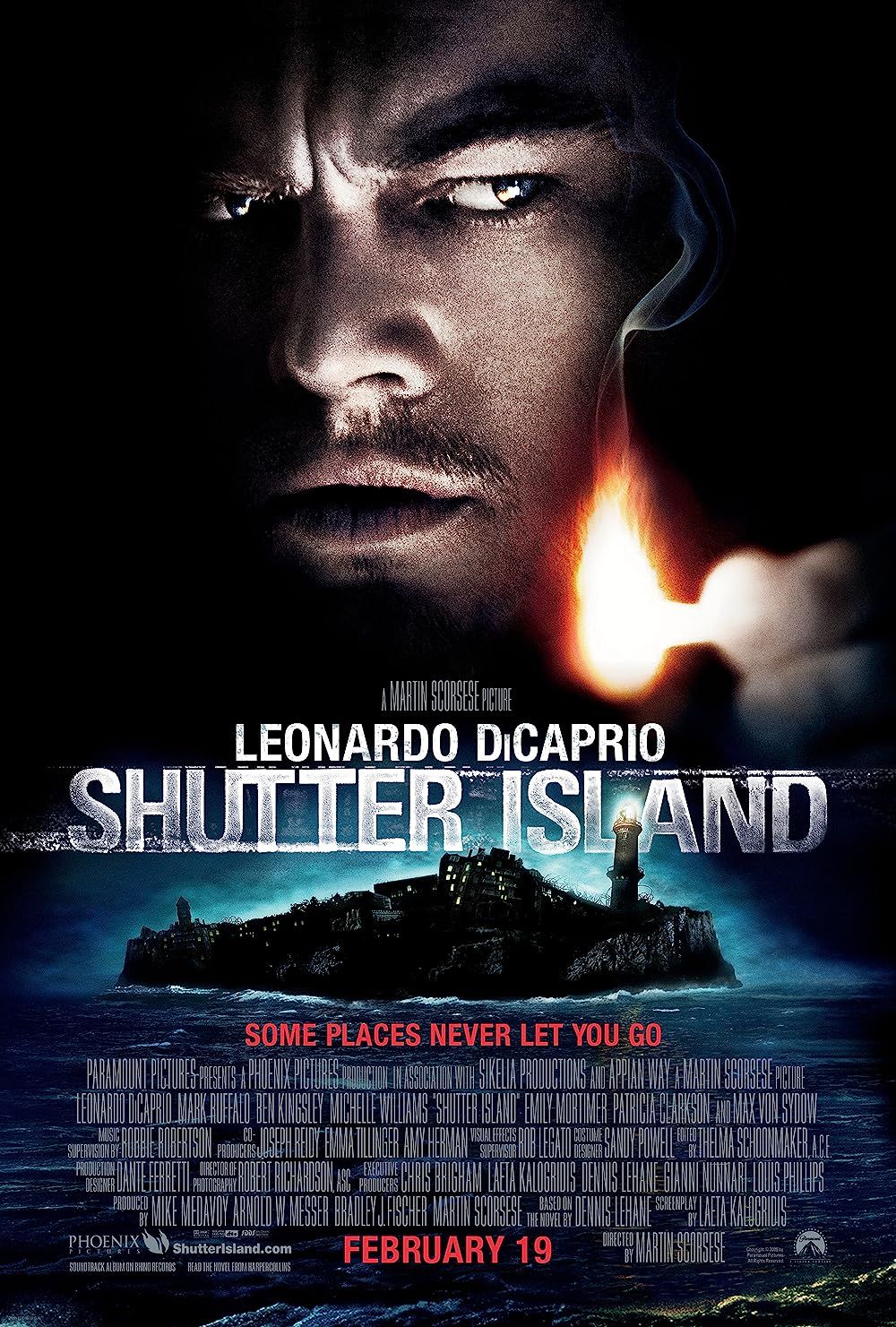
Shutter Island
Teddy Daniels and Chuck Aule, two US marshals, are sent to an asylum on a remote island in order to investigate the disappearance of a patient, where Teddy uncovers a shocking truth about the place.
- Release Date
- February 19, 2010
- Director
- Martin Scorsese
- Cast
- Leonardo DiCaprio , Emily Mortimer , Mark Ruffalo
- Runtime
- 2 hours 18 minutes
- Main Genre
- Thriller
- Studio
- Paramount Pictures
|
Metacritic Score |
63/100 |
|---|---|
|
IMDb Rating |
8.2/10 |
|
Tomatometer |
69% |
Shutter Island, by auteur Marin Scorsese, follows Teddy Daniels (Leonardo DiCaprio), who believes he is a U.S. Marshal. The Marshal Service sends Teddy to a psychiatric hospital to find a missing patient. Throughout its runtime, the film explores mental health conditions that prohibit Teddy from knowing what’s real and what’s not.
Many viewers have assumed that Shutter Island’s Teddy has a delusional disorder or another stress-related condition, but the movie doesn’t treat the character’s delusions accurately. For example, the hospital’s staff perpetuates Teddy’s state in hopes he’ll recover his memory. Moreover, Shutter Island was mistakenly proffered Teddy could enter his delusions and will and was prone to violence. Both of these characteristics aren’t what actual patients with delusional disorder experience.
4 Turner & Hooch Belittles Obsessive Compulsive Disorder
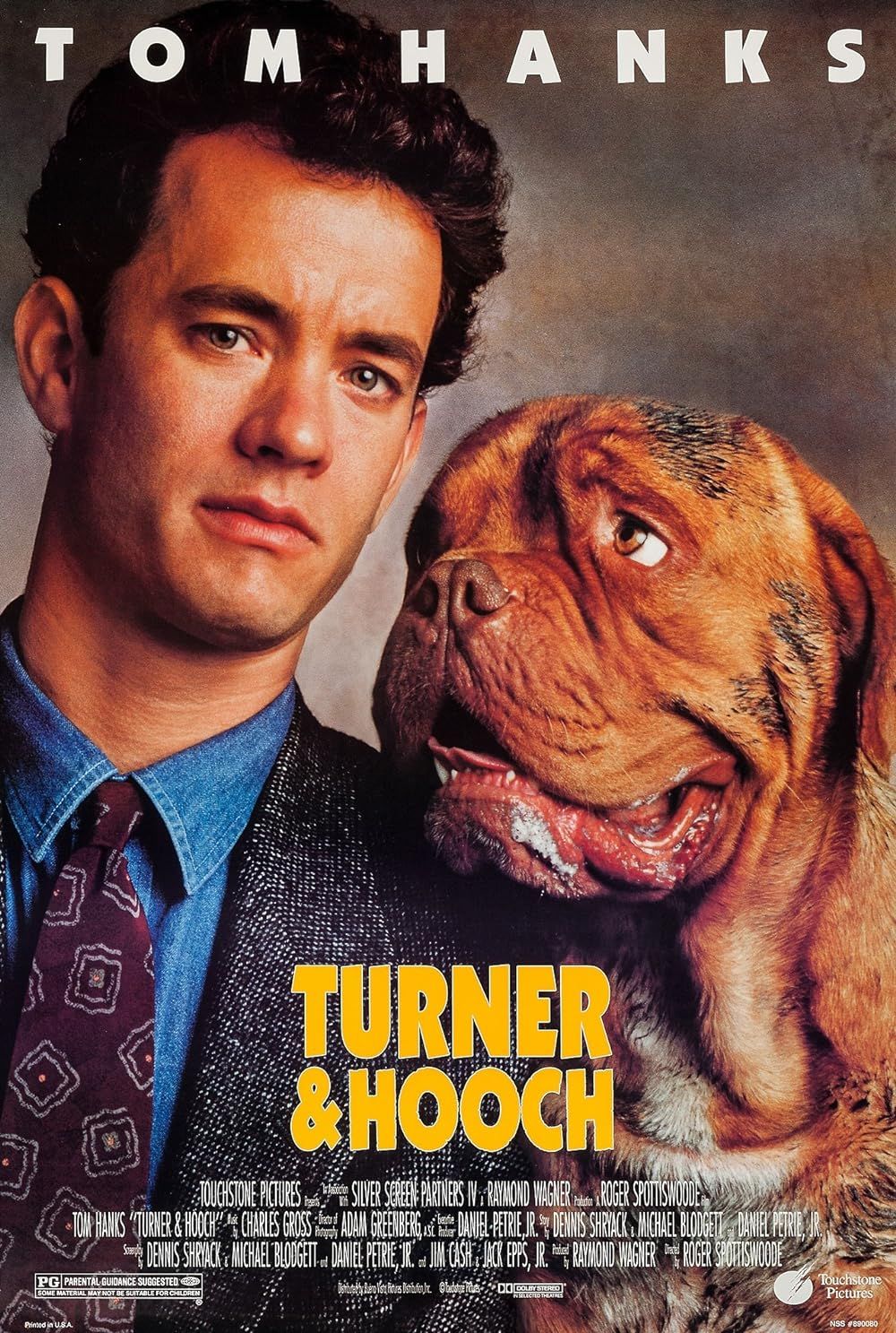
Turner & Hooch (1989)
A detective must adopt a rambunctious dog in order to help him find a killer.
- Release Date
- July 28, 1989
- Director
- Roger Spottiswoode
- Cast
- Tom Hanks , Mare Winningham , Craig T. Nelson
- Runtime
- 1 hour 37 minutes
- Main Genre
- Comedy
|
Metacritic Score |
36/100 |
|---|---|
|
IMDb Rating |
6.2/10 |
|
Tomatometer |
50% |
Turner & Hooch is a detective movie that tracks a law enforcement officer, Scott Turner, and his trusty sidekick, a dog named Hooch. The two form an unlikely strong connection as Hooch helps Turner with his current case and his obsessive-compulsive disorder (OCD) symptoms.
While Turner & Hooch never explicitly states Turner has OCD, it’s quite evident through his various compulsions. So, although Turner & Hooch is lighthearted, it’s still damaging as it suggests people with OCD can simply overcome their symptoms by getting a pet. Ultimately, the film does a poor job of showing how people actually live with OCD.
3 Me, Myself, & Irene Inaccurately Illustrates Symptoms
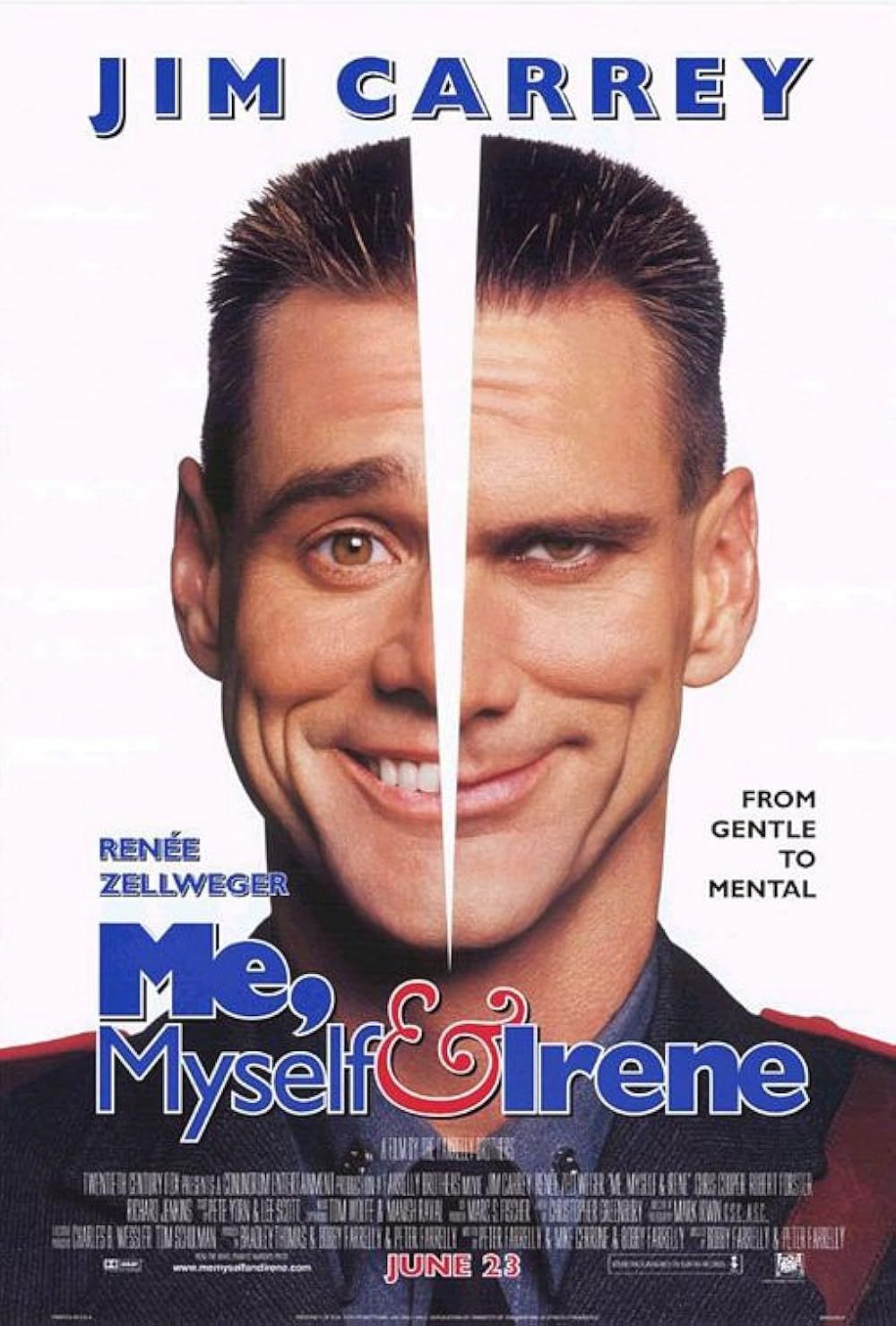
Me, Myself, & Irene
A nice-guy cop with Dissociative Identity Disorder must protect a woman on the run from a corrupt ex-boyfriend and his associates.
- Release Date
- June 23, 2000
- Director
- Bobby Farrelly , Peter Farrelly
- Cast
- Jim Carrey , Renee Zellweger
- Runtime
- 1 hour 56 minutes
- Main Genre
- Comedy
|
Metacritic Score |
49/100 |
|---|---|
|
IMDb Rating |
6.6/10 |
|
Tomatometer |
48% |
The events of Me, Myself, and Irene follow Charlie, played by Jim Carrey, who lives with dissociative identity disorder. Charlie is mild-mannered and affable, but his alter, Hank, is aggressive and tough. Despite this dichotomy, Charlie and Hank work together to stop corrupt police officers from taking a woman he loves, Irene, from his care.
Me, Myself, and Irene posits that Charlie has both DID and schizophrenia, but these diagnoses don’t match Jim Carrey’s exaggerated performance. While Carrey employs this over-the-top acting style for comedy’s sake, it is an inaccurate portrayal of the symptoms of DID.
2 Midsommar Correctly Depicts Trauma but Erroneously Portrays Bipolar

Midsommar
A couple travels to Northern Europe to visit a rural hometown's fabled Swedish mid-summer festival. What begins as an idyllic retreat quickly devolves into an increasingly violent and bizarre competition at the hands of a pagan cult.
- Release Date
- July 3, 2019
- Director
- Ari Aster
- Cast
- Florence Pugh , will poulter , Jack Reynor , William Jackson Harper
- Runtime
- 148 minutes
- Studio
- Paramount - A24
|
Metacritic Score |
72/100 |
|---|---|
|
IMDb Rating |
7.1/10 |
|
Tomatometer |
83% |
Many people think Midsommar director Ari Aster did an incredible job of portraying mental health conditions through the character Dani. During the superb folk horror movie, Dani appears to be dealing with what many assume is PTSD, depression and/or anxiety. These conditions present themselves through panic attacks, which begin after her parents and sister die in a murder/suicide.
Dani’s sister, Terri, is where Midsommar misses the mark. According to the movie, Terri has bipolar, which drives her to kill herself and her parents. This depiction is completely incorrect compared to how bipolar symptoms manifest in real life. Additionally, this portrayal only furthers the stigma surrounding bipolar and associates it with extremely violent behavior.
1 The Shining Makes Mental Illness the Monster
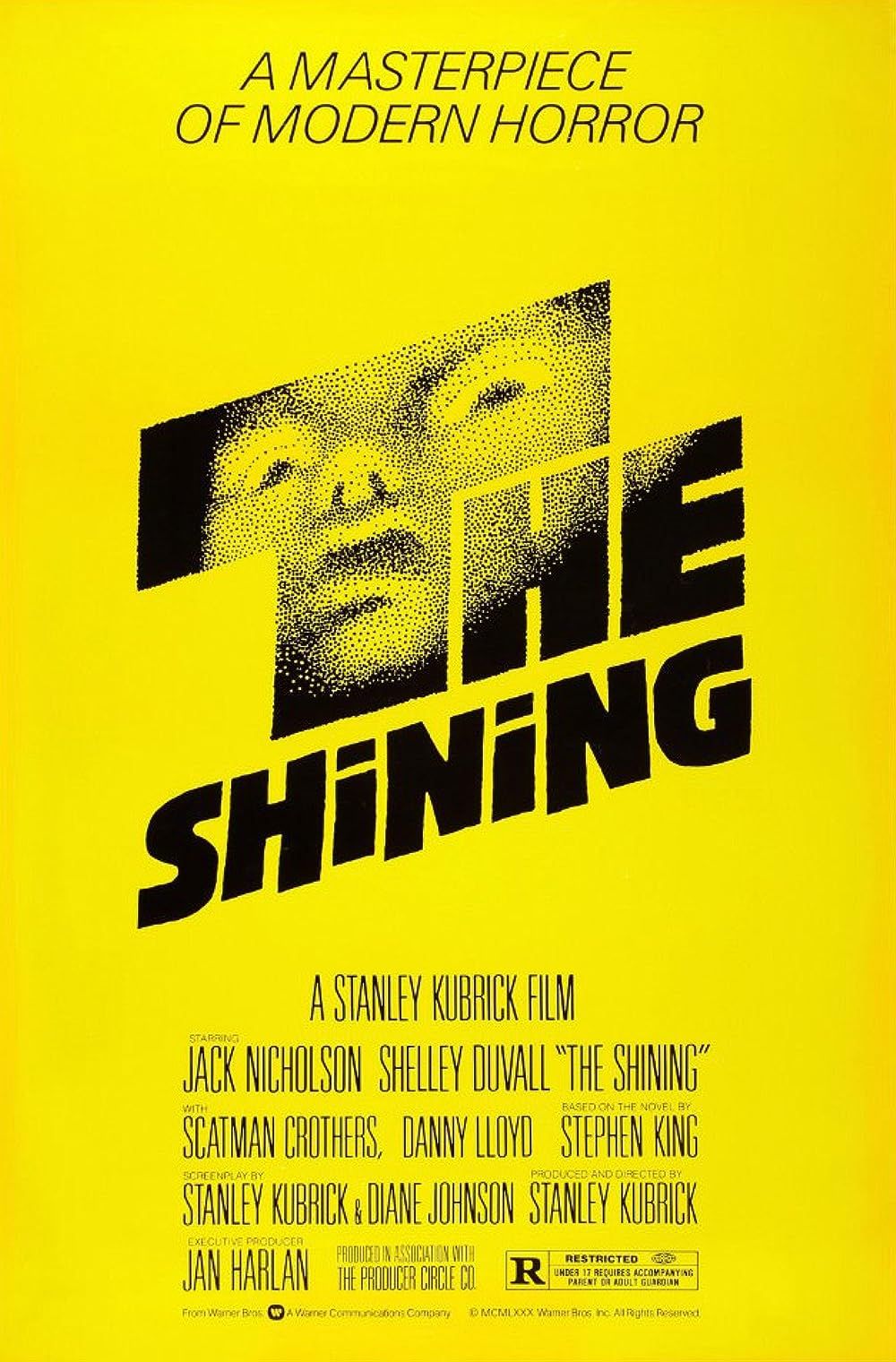
The Shining
A family heads to an isolated hotel for the winter where a sinister presence influences the father into violence, while his psychic son sees horrific forebodings from both past and future.
- Release Date
- May 23, 1980
- Director
- Stanley Kubrick
- Cast
- Jack Nicholson , Shelley Duvall
- Runtime
- 2 hours 26 minutes
- Studio
|
Metacritic Score |
66/100 |
|---|---|
|
IMDb Rating |
8.4/10 |
|
Tomatometer |
83% |
Stanly Kubrick’s The Shining features one of the most iconic horror movie antagonists. Jack Torrance (Jack Nicholson) is a writer who takes a position as an off-season caretaker of a hotel in hopes of curing his writer’s block. Strange things begin occurring at the hotel, terrifying Jack and especially his family. As the family unravels the hotel’s history, they become increasingly plagued by malevolent spirits.
The Shining depicts Jack, who falls under the hotel’s influence, as someone with several mental health conditions, most notably schizophrenia. The movie also shows Jack dealing with psychosis, delusions, and alcoholism, which lead him to terrorize his family. This portrayal explores Jack’s mental health conditions from a sinister angle, making Jack a monstrous figure. Despite its overall quality, The Shining sensationalizes these mental health issues for scares, villainizing them in the process and perpetuating harmful stigmas.

